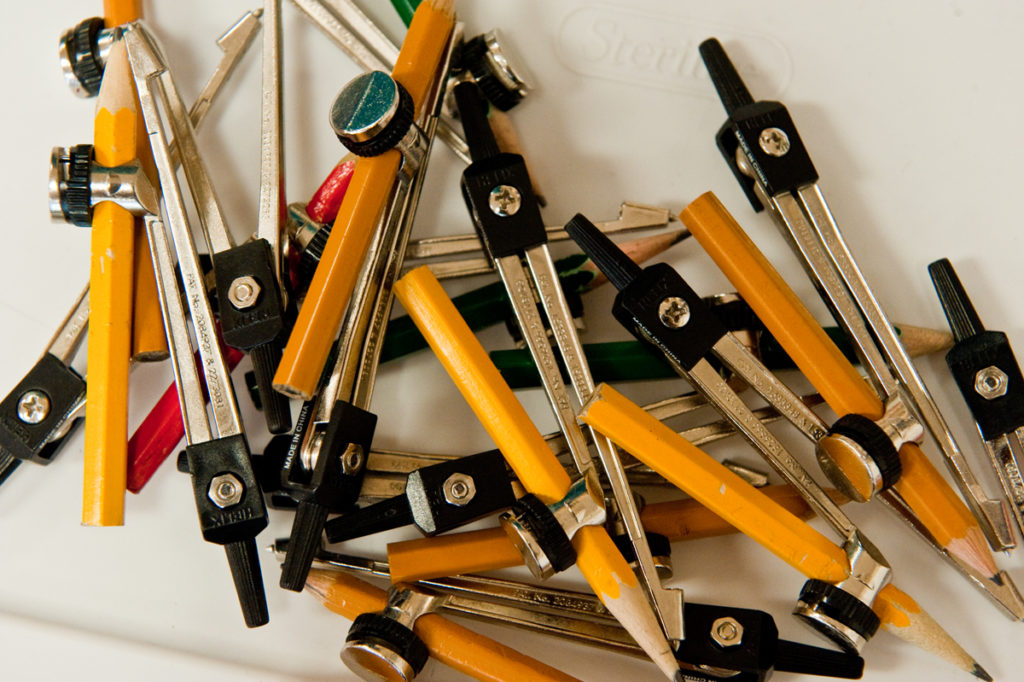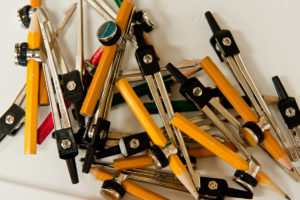
 Question: Guided Discovery is a strategy for introducing materials in the classroom. The primary goal is to generate interest and excitement about classroom resources and help children explore their possible uses. “What was a Guided Discovery in your class that was particularly effective?”
Question: Guided Discovery is a strategy for introducing materials in the classroom. The primary goal is to generate interest and excitement about classroom resources and help children explore their possible uses. “What was a Guided Discovery in your class that was particularly effective?”A: One Guided Discovery I did with first graders was on thermometers. First we did a modeling of the care and use of thermometers. Then we went into the Guided Discovery on all the things we could measure with thermometers.
My initial goals were to use this Guided Discovery to introduce a unit on weather and to introduce some vocabulary. But it evolved into more than that. The students came up with so many things to measure: the inside and outside temperatures, hot and cold water, different parts of the building. We even had our nurse show us how to take our body temperature. The children began using their thermometers throughout the day and recording the results. They shared their findings with the group, which led to comparisons and further ideas. This was a powerful Guided Discovery because the learning took place in a self-directed and natural way.
Courtney Fox teaches first grade at Mount Pleasant Elementary School in Wilmington, Delaware. She is a Responsive Classroom certified consulting teacher.
A: My class did a Guided Discovery of tangrams during a geometry unit. Without telling the children that tangrams are conventionally used as puzzles, I asked them to brainstorm ideas for their use. They said that we could trace them, make pictures with them, and measure things with them.
When they went off to explore all these uses, they came up with the most elaborate creations. I had expected that those who traced would use each of the seven shapes in a tangram set just once. But they continued to add to their tracings, using dozens of pieces. Some made symmetrical patterns on two sides of their paper. Some created fantastical, intricate designs. They were so inventive, and more facile with geometry concepts than I had expected.
Debbie Weaton is a third grade teacher at Northeast Elementary School in Stamford, Connecticut. She was named Stamford school district’s teacher of the year in 2003–2004.
A: A particularly interesting Guided Discovery in my class was one on tissue paper. We had been studying light, so in naming attributes of the tissue paper and sharing their discoveries about it, the children used words like “transparent,” “translucent,” and “opaque.” It was a good review and extension of what they’d just learned about light.
The children also got to see that a material they took for granted could be used in more ways than they could imagine. They layered the paper to create new colors and effects. They used it to make a spotted dog, a swing set, and all kinds of flowers.
I had intended to follow the Guided Discovery with further studies on light. But as I listened to students share about their unique flowers, I realized that they didn’t know as much as they should about plants, so I decided to do a review of plants instead. So this Guided Discovery was informative for me, too. It allowed me to redirect my teaching to best suit the students’ learning needs.
Sharon Ralls teaches fifth grade at Boland Elementary School in Springfield,
Massachusetts. She has a particular interest in elementary science.